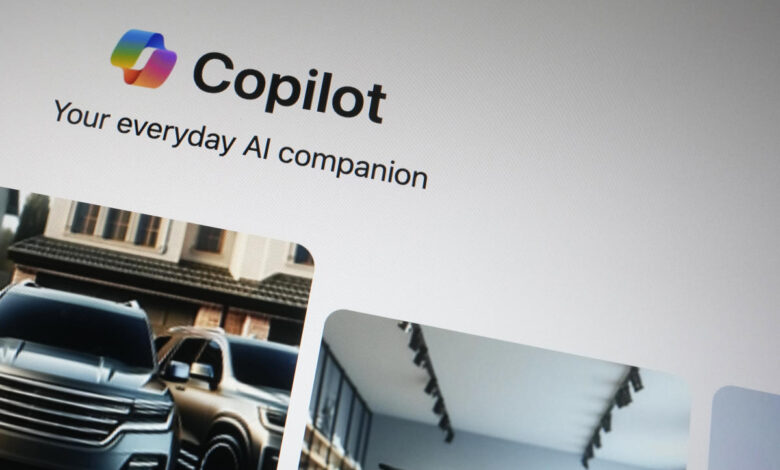Microsoft unveils Copilot+ PCs with generative AI capabilities baked in

We’ve been hearing rumblings for months now that Microsoft was working on so-called “AI PCs.” At a pre-Build event, the company spelled out its vision for AI PCs.
Microsoft is calling its version Copilot+ PCs, which CEO Satya Nadella described as a “new class of Windows PCs.” These include hardware designed to handle more generative AI Copilot processes locally, rather than relying on the cloud. That requires a chipset with a neural processing unit (NPU) and manufacturers such as Qualcomm have been laying the groundwork with chips like the Snapdragon X Elite.
Microsoft is taking a partner-first approach to making Copilot+ PCs. Along with chipmakers like AMD, Intel and Qualcomm, major OEMs including Acer, ASUS, Dell, HP and Lenovo are on board.
Yusuf Mehdi, Microsoft EVP and consumer chief marketing officer said during the event that the company has completely reimagined what a Windows PC. He claimed that Copilot+ PCs are the most powerful PCs ever (we’ll need to see if that assertion holds up in real-world testing). Despite that, Mehdi said, the first generation of laptops are “unbelievably thin, light and beautiful.”
Other AI PCs on the market deliver 10 TOPs (tera operations per second). To be dubbed a Copilot+ PC, a system will need to deliver at least 40 TOPs of NPU performance. Mehdi also suggested Copilot+ PCs are also 58 percent faster than M3-powered MacBook Air (though it’s worth noting Apple has more powerful M3 chips in its laptops already and M4 chips on the way to them very soon).
As far as the Windows features go, one aspect of Copilot+ PCs is something that’s been rumored for a while. It’s called Recall and you can think of it as a more advanced version of the . You’ll be able to use natural language prompts to get your PC to resurface information based on what you remember about it. You’ll be able to scroll through apps, documents and messages on an explorable timeline.
There’s also new Copilot app that you can use as a standalone window, sidebar or in full screen. You’ll be able to drag and drop elements into Copilot from elsewhere in Windows. Thanks to the , you’ll be able to fire up the app with the touch of a physical button. Copilot will eventually be able to let you adjust Windows settings too.
Developing…
Catch up on all the news from the Microsoft Surface and AI event right here!



